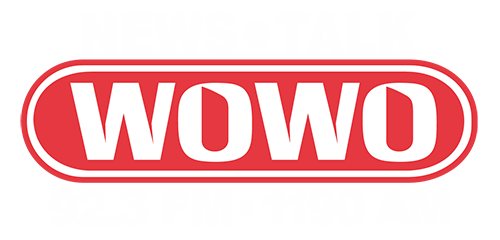Farm Income Expected to Outpace the Prior 10-Year Average
Net farm income is forecasted to be $95.8 billion, $8 billion above the previous 10-year average. Although the expected net farm income is healthy, it is a 26.6% decrease from 2013's record forecast of $130.5 billion. Production expenses expected to fall for only the second time in the last 10 years.
Income Forecast Remain Above 10-year Watermark: The 2014 forecast of $95.8 billion is the lowest since 2010, but still 8.35% above the prior 10-year average of $87 billion. Net cash income is forecasted at $101.9 billion, down 21.45% from 2013. Net cash income is expected to decline less than net farm income because it reflected the sale of more than $6 billion in carryover stocks from 2013.
![]() Crop Production Value Struggle to Keep Pace With 2013: Value of crop production in 2014 is expected to decline after large gains in 2013. All major crop categories are expected to be effected as a result. Sales receipts and value inventory changes for corn are expected to fall due to large increases in production, suggesting a significant decline in the average price of corn. US wheat’s annual price is expected to drop because of large global yield forecasts and declines in other feed grain prices which have reduced domestic demand. Soybean receipts and value of production are also expected to be down in 2014 due to an expected 19.3% decline in the annual price. The soybean-to-corn-calendar-year price ratio is predicted to be 2.7, suggesting that farmers will shift a considerable number of acres to soybeans in 2014.
Crop Production Value Struggle to Keep Pace With 2013: Value of crop production in 2014 is expected to decline after large gains in 2013. All major crop categories are expected to be effected as a result. Sales receipts and value inventory changes for corn are expected to fall due to large increases in production, suggesting a significant decline in the average price of corn. US wheat’s annual price is expected to drop because of large global yield forecasts and declines in other feed grain prices which have reduced domestic demand. Soybean receipts and value of production are also expected to be down in 2014 due to an expected 19.3% decline in the annual price. The soybean-to-corn-calendar-year price ratio is predicted to be 2.7, suggesting that farmers will shift a considerable number of acres to soybeans in 2014.
Production Expenses Expected to Fall: Production expenses are expected to fall in 2014 for the first time since 2009. Though expenses remain well above what they were in 2012, the decline interrupts what has been a rapid upward movement in expenses increasing 84% in the last 10 years. The three major crop expenses are seeds, fertilizer, and pesticides, are expected to fall a combined $2.9 billion or 4.7%. Fertilizer was the driving force behind the decline. Expected expenses for fertilizer use in 2014 fell $3.1 billion or 12%.
Outlook: Farmer income remains healthy moving into the 2014 planting season, even amid drastic reductions in crop prices. The volatility of demand and weather play a key role in the development of a crop year, making it difficult to forecast. The USDA makes their forecasts based off of optimal weather conditions; over the past two years, the U.S. has experienced anything but optimal weather.
Courtesy: Farmland Forecast
